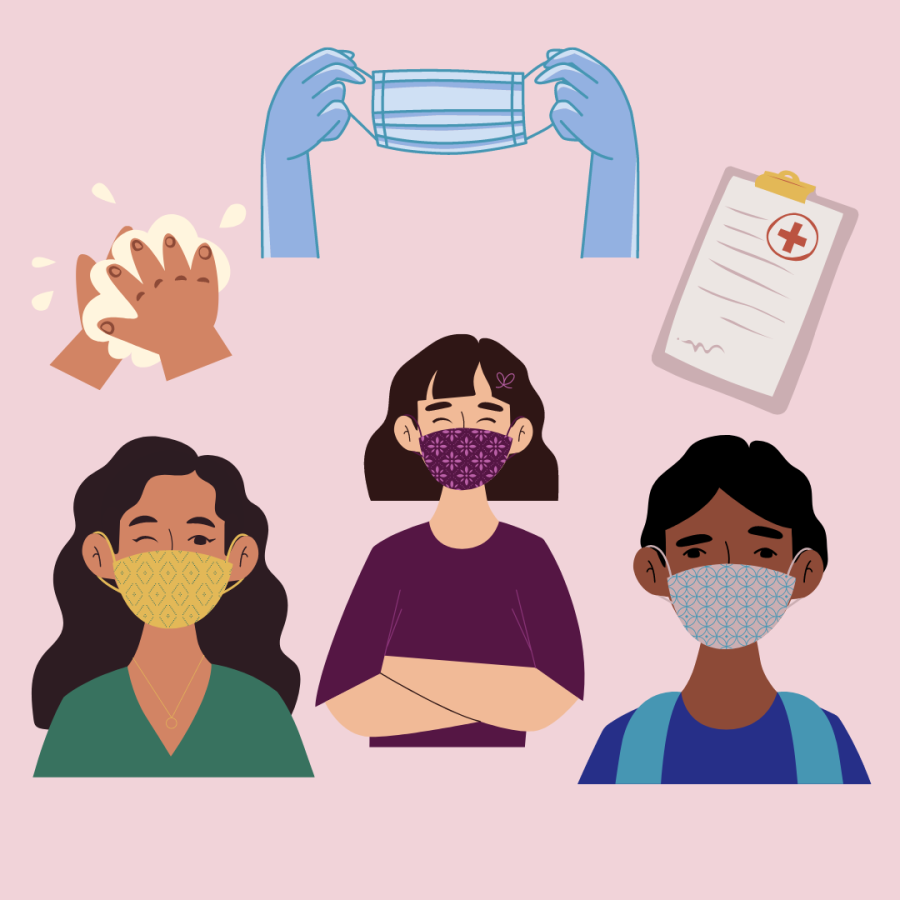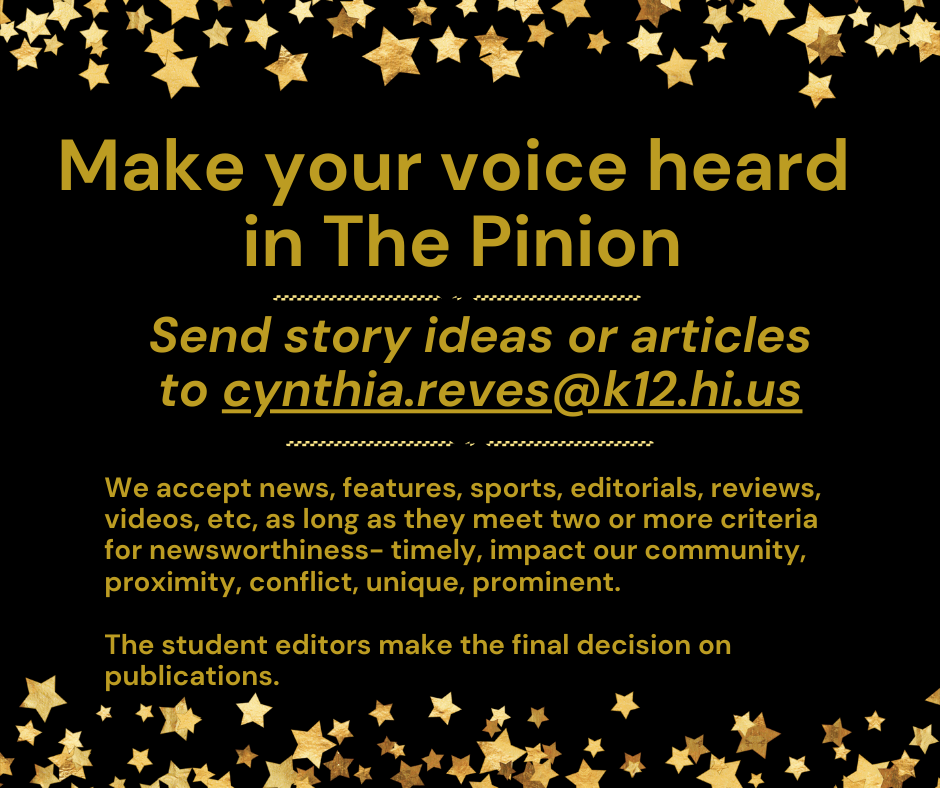Stopping The Spread Starts With You
With recent concerns regarding viruses, people are learning from the consequences of past pandemic mistakes.
August 25, 2022
In August of 2022, McKinley High School students and teachers returned to campus, nearing the third year of the COVID-19 pandemic with changes in safety precautions. If COVID has taught students anything, it’s to take action accordingly. Concerning outbreaks of viruses and their potential spread, people are learning from the previous pandemic and now have information to keep themselves safe. Stay cautious and aware to stop the spread of viruses.
This school year came with new beginnings and revived traditions, some of which were the back-to-school assembly, a diverse club day, Homecoming and many more opportunities after being shut down. But the most important one that should be re-implemented are the safety precautions at MHS. What had once been strictly followed and monitored has now become stored away as classrooms no longer use surface sanitizers, lack alcohol stations and optional masks. Now that COVID is not occupying most people’s minds, it is important to remember and educate one another on other health issues.
Unfortunately, the lack of awareness and misinformation regarding viruses contribute a large factor towards the spread as demonstrated by COVID. In cases such as the recent rise in monkeypox, a common misconception people had was the level of severity and confusion about susceptibility. According to the New York News, people victim of monkeypox report their experience as “Unbearable,” and,“The most excruciating pain.”
Something both survivors and health care providers want to make clear is that anyone is susceptible to monkeypox, regardless of race, age or sex, according to the CDC.
People continue to face the ongoing challenges that came with the initial pandemic, but this time has access to much more information on how to stop the spread and prevent future pandemics, whether it relates to viruses such as COVID, influenza, polio or others.
One way to stop the spread is by researching vaccines and staying mindful of the risks that may occur with or without it. A noticeable drop in immunization rates occurred nearly after the COVID vaccines were questioned, disrupting the general routine for outpatient care and increasing the rates of viruses. Research your vaccines and make informed decisions.
Students at MHS remain concerned about the spread of viruses and the change in safety precautions implemented in school. One student says if there is to be a future pandemic, action won’t be taken in time and leaders will be forced into transition rather than acclimate.
“I feel as though the issue won’t be addressed as quickly as it should have been with COVID, and I feel the same mistake could happen again,” senior Cayenne Dabalos said.
Regarding her comment, there was a long period of time before people finally started to take action against COVID. The mask mandate in Hawaii was placed on July 7, 2021, nearly a year after the World Health Organization declared COVID a global health emergency on Jan 31, 2020, and months after MHS students were sent home for “spring break quarantine’ that ended up lasting over a year. Affecting students nationwide, from kindergarten to college, people had to learn how to transition. And while anyone was susceptible, elders were at the highest risk of transmitting the virus and held the highest mortality rate, affecting not only students but entire families.
“You never know if anyone has sick parents or relatives at home. If we started to take control, we won’t have to go through another pandemic,” senior Shayna Jackson said, regarding her perspective on optional masks at MHS and the relaxing of safety precautions. According to the National Institute of Health, “More than 140,000 U.S children lost a primary or secondary caregiver due to COVID.” Although children and teenagers are slightly less likely to catch COVID as opposed to adults and the elderly, they could have unknowingly spread it.
Tiffany Miyashiro, the health academy teacher, said some useful tips to help stop the spread.
“Ensure there is soap in all of the restrooms and fill alcohol sanitizer stations. It was something that was short-lived but stopped after supplies ran out,” she said.
Students, staff and teachers deserve a safe learning and working environment. But in order to do so, everyone needs to be reminded that viruses still exist, but by taking simple safety precautions, everyone can decrease the spread of viruses.
COVID has first-handely demonstrated how the lack of awareness and action can lead to devastating outbreaks. Viruses such as influenza, polio, and the rise of monkeypox are some of the relevant and common illnesses people need to be aware of. By reminding people about the dangers of viruses, they can also be aware of how to prevent them. It shouldn’t take the consequences of a pandemic to initiate health safety procedures. People should prioritize protecting not only their health but others as well. Stopping the spread starts with individuals.
“The first and most important thing is to talk about it. Learn from mistakes to ensure a safer future,” said Dabalos.






